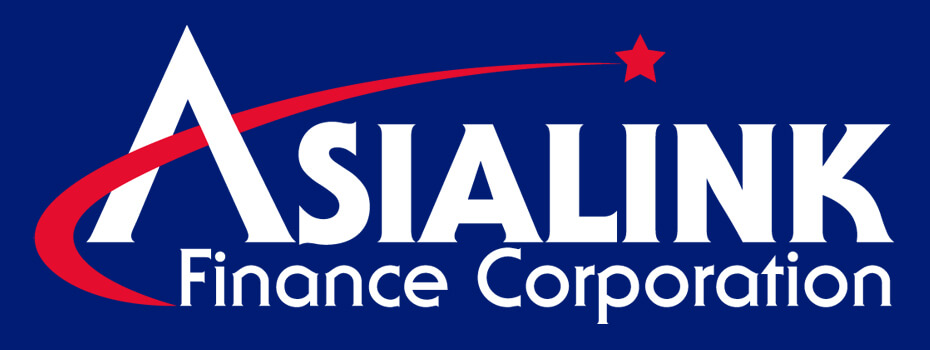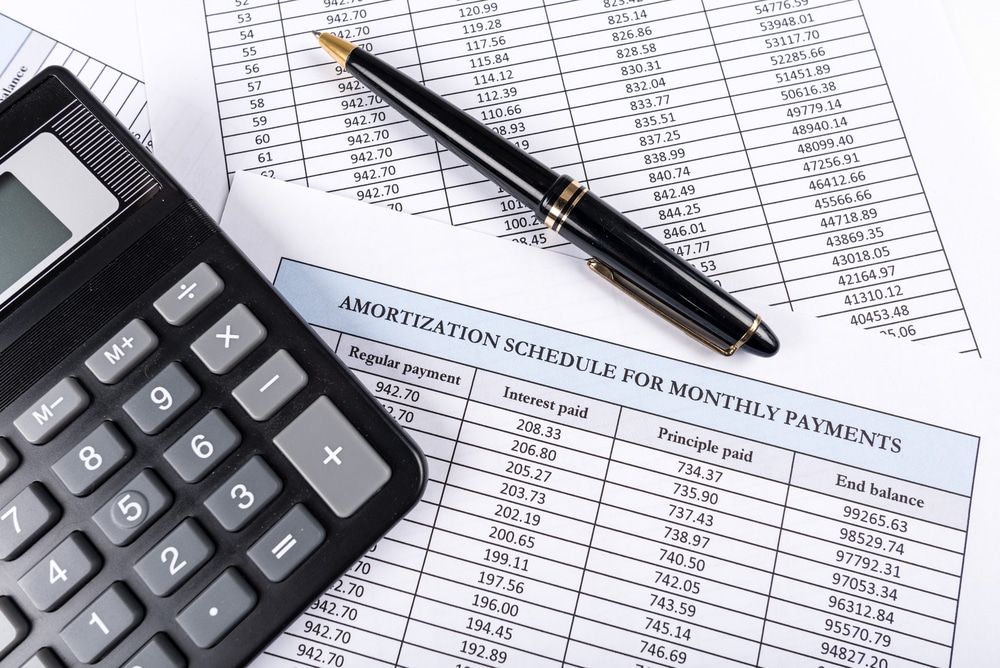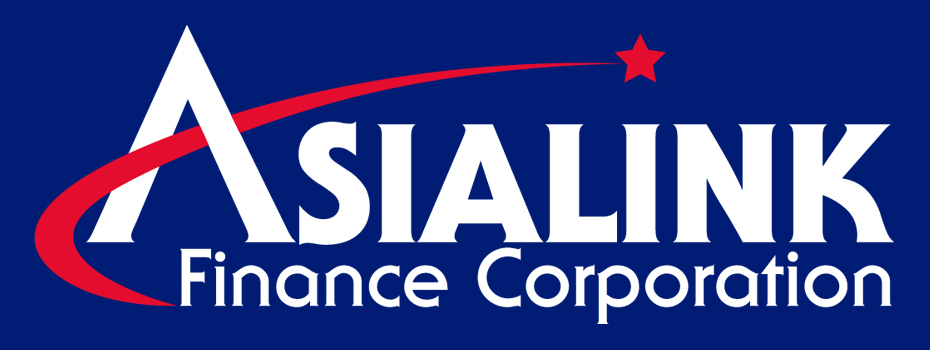Applying for a loan to buy a new house, start a business, or finally acquire your dream car requires the right strategy. Otherwise, the loan might cause a significant dent in your funds. Luckily, getting an amortization payment plan can offer you more manageable loan payments.
Amortizations are deferred payments that help ease your financial burdens. Simply put, you pay off a loan by making structured payments over a set duration.
Understanding amortization is a vital first step in making better-informed decisions toward improved financial health. Know more about loan amortization—what it is, how it works, and how it can benefit you.
What is Amortization?

Amortization is a form of financing that involves paying off a loan’s principal and interest through fixed, regular payments over the life of the loan.
Under an amortization repayment structure, the lender spreads the total amount owed over several payments. The computation of the monthly interest depends on the outstanding principal balance, which is the purchase price less the principal payments already made.
Amortization payment periods may vary. In general, short amortization periods reduce the total amount of interest. In contrast, an extended amortization period offers lower monthly principal loan payments but amounts to more interest in the long run.
Most amortization schedules determine the minimum monthly payment. However, a borrower has the option to make additional payments. Any amount beyond the monthly minimum payment goes toward the principal loan amount settlement. This way, the borrower can save on paying a bigger interest.
How Does Amortization Work?
Rather than paying your loan balance all at once, amortization allows you to break it into manageable monthly payments. Amortizations typically last for years, during which time you must repay the loan principal and the interest that the outstanding balance incurs.
The interest is highest at the beginning of the amortization period since you only have a few payments made toward the principal loan. However, as you make subsequent payments, the loan balance decreases, resulting in lower interest.
Amortization is applicable for various types of loans:
Housing loan
Housing loans typically have a fixed-rate mortgage and a loan amortization period of 5 to 30 years. As a homeowner, you may keep the loan for the entire term or refinance it by passing it off to interested buyers. The latter is a common scenario and can be favorable should you move out before fully paying off the loan on your home.
Auto loan
Car loans have a shorter amortization period than housing loans, usually 5 to 7 years. It’s best to pay off your loan within this period to avoid spending more on interest charges and maintaining a loan amount that doesn’t exceed the resale value of your car.
If you have a good credit score, you may qualify for 0% interest rate promotions that companies occasionally offer. It means that the whole portion of your monthly payments goes toward paying off your principal loan during the promotional period.
Personal loan
Online lending companies, banks, and credit unions offer personal loans for debt consolidations or small project investments. As long as you maintain a good credit score and stable income, you can benefit from these loans that typically have a payment term of 1 to 5 years.
5 Amortization Types and How They Can Affect You

Learning more about loan amortization types is essential to enable you to maximize their benefits and pick an option suitable for your needs.
1. Full fixed rate amortization
With a fully amortized loan, you’ll have equal payments with a fixed interest rate for the loan’s lifetime.
Personal loans and mortgages are typical examples of fully amortized loans with fixed interest rates and payments.
2. Full variable rate amortization
In some cases, the interest on your fully amortized loans may change depending on your agreement with the lender.
For example, your 30-year loan repayment term has a fixed rate for the first 10 years. After that, the interest rate may change once a year for the remaining repayment period. Every interest rate change creates a new amortization schedule, meaning your subsequent payments may increase or decrease according to the applicable interest rate.
3. Full deferred interest amortization
This amortization type allows you to make interest-only payments for a set time before transitioning to fully amortizing loan payments for the rest of the term.
For example, during your 30-year loan repayment term, you may choose to make monthly payments to cover interest costs alone for the first 10 years. Then, you would pay for the principal loan amount and the interest payments for the remaining 20 amortized repayment years or until you settle the loan in full.
4. Partial balloon payment amortization
A partial amortization with balloon payments allows you to make lower monthly payments at the beginning of the term. However, you should pay your remaining balance with a one-time balloon payment at the end of the loan period, which is usually a big amount.
5. Negative amortization
Also known as a graduated-payment mortgage or deferred interest, negative amortization allows you to make minimum payments that don’t cover interest costs. Unfortunately, your total loan amount may increase since the unpaid interest becomes part of your loan’s principal.
What is an Amortization Schedule?
An amortization schedule is a table that enumerates all loan and payment details and their corresponding due dates. It breaks down each monthly payment to indicate the principal debt payment, the interest cost, and the remaining balance. An amortization schedule can help you with financial planning to ensure your loan payments don’t interfere with your monthly budget.
Benefits of an Amortization Schedule
An amortization schedule can help you manage your finances in several ways.
1. Evaluate loan options easily
As a borrower, you want the most practical or affordable loan terms possible. An amortization schedule helps you compare the total interest cost between a 10-year loan and a 20-year loan.
2. Find fixed loan payments
An amortization schedule clearly shows your monthly loan payments, particularly for a fixed-rate loan. This loan is ideal when considering unstable global economies and fluctuating market prices. It ensures that your monthly payments remain the same throughout your loan repayment term.
3. Adjust timelines
With an amortization schedule, you’ll be able to track your loan repayment timeline and adjust it as applicable. For example, making additional payments during the early stages of your loan repayment period can significantly reduce the principal loan amount and its corresponding interest. As a result, you can settle your principal debt sooner.
4. Build equity
Equity refers to your stake or the value of your interest in a particular property. You can build equity by making extra payments on your amortization schedule, which can reduce the remaining loan balance.
Tips for Making the Most Out of an Amortization Schedule

When you take out a loan, the goal is to pay it quickly to save on interest rate payments. Here are some tips to achieve that target.
Compare loan options
Banking and lending companies offer various loan options with different payment terms and channels to accommodate your requirements. As it can be easy to get lost in a sea of numbers and financial terms, an amortization schedule enables you to lay your options and get a deeper perspective of your financial responsibilities.
Know the different payment methods
Amortization methods let you identify how much and how often you need to repay your loan. The three amortization methods are:
- Straight-line: This is the most common amortization type with fixed monthly repayment, principal amount, and interest charge throughout the loan period.
- Declining balance: With this method, the monthly repayment remains the same, although you might vary your allocations toward the principal and interest charges. It’s helpful in quickly paying off your principal balance for assets like cars, which quickly decrease in value.
- Annuity: This method requires consistent payments over the same time intervals.
Be aware of additional or hidden costs
Some amortization schedules may not show all the additional charges on your loan. Do your research to know the complete set of fees you must pay. These fees may include:
- closing fees,
- early payment penalties,
- mortgage insurance,
- origination costs, and
- property tax.
Understand your loan breakdown
Using an amortization schedule, you’ll see how much of your monthly payments go to your principal debt payment and which portion pays for the lender’s interest charges. Getting a better grasp of where your money goes can help you make a financial plan that accounts for all these costs.
Strategically pay off your loan
Maintaining an amortization schedule is crucial to help you settle your loan efficiently. Here, one of the best practices includes putting excess funds toward your loan repayment to reduce your loan balance faster.
Keep track of your loan payments
Use your amortization schedule to remind yourself of your loan obligations and avoid incurring fees on late or incomplete payments.
AsiaLink Finance Payment Channels
Dedicated to making financial assistance accessible for everyone, AsiaLink Finance offers convenient amortization payment channels for borrowers and customers.
With hundreds of branches around the country, you can easily find the nearest payment center and settle your repayments hassle-free. Meanwhile, online payment through the AsiaLink website is ideal for your on-the-go lifestyle. The company also caters to OFW customers through PayRemit, RCBC Telepay, and Bayad Center Online payment channels.
Make Your Finance Goals Possible
An amortization payment plan that best works for your financial situation enables you to make smart and informed financial decisions. If you’re looking for a reliable and accessible loaning company in the philippines, consider AsiaLink Finance’s customer-friendly loan terms and excellent financing services.






